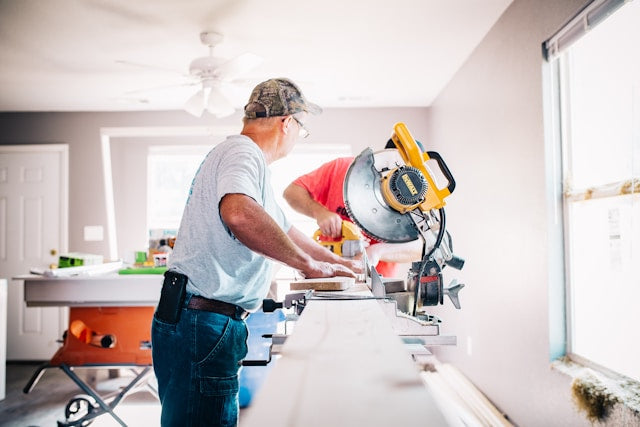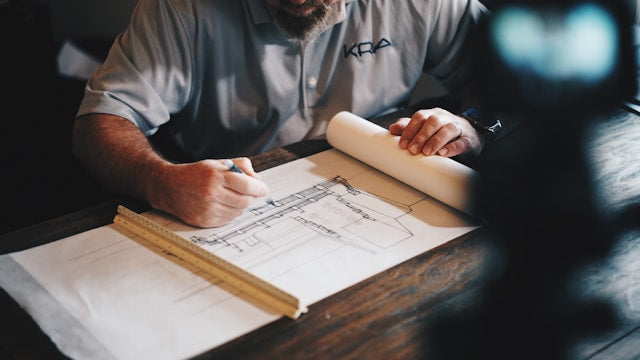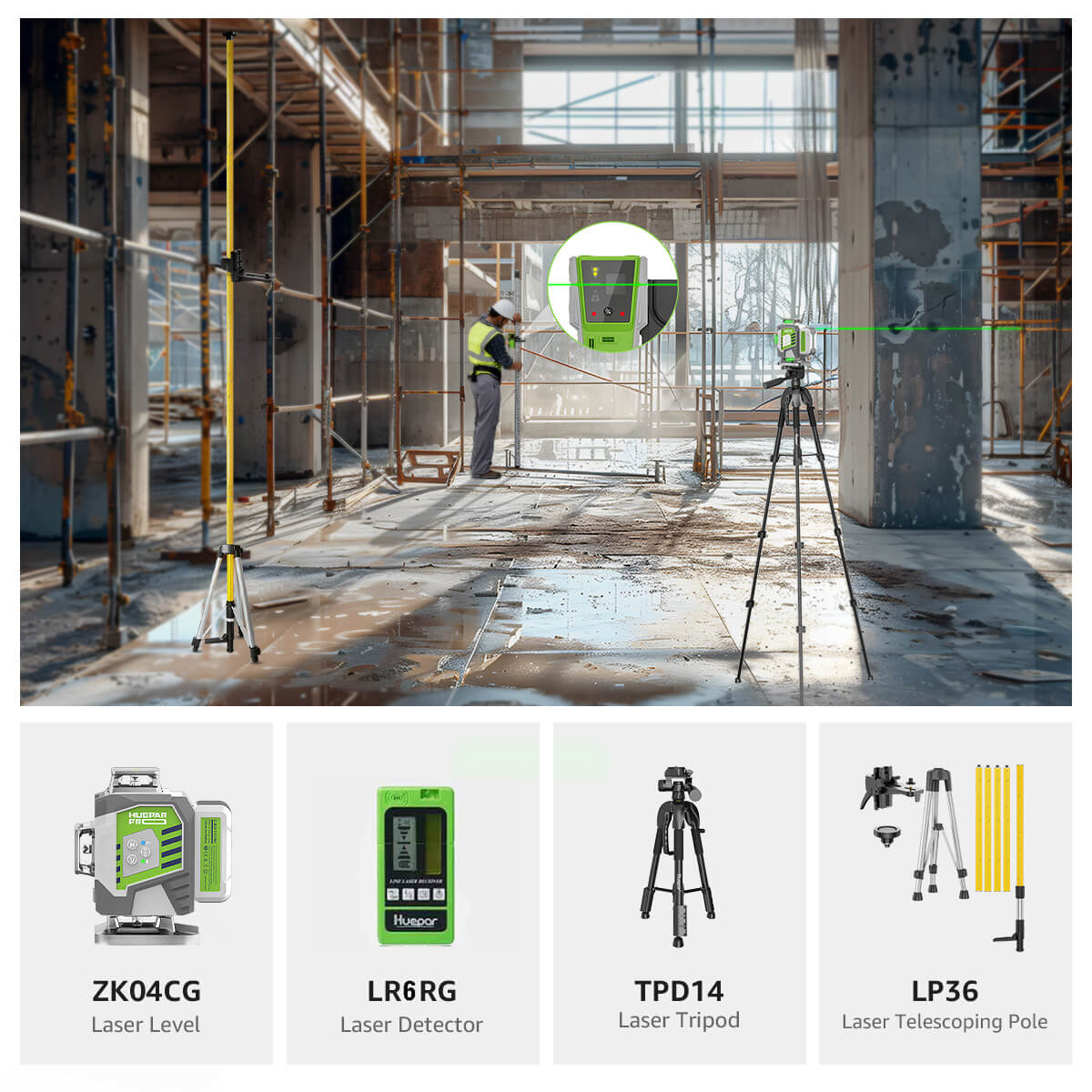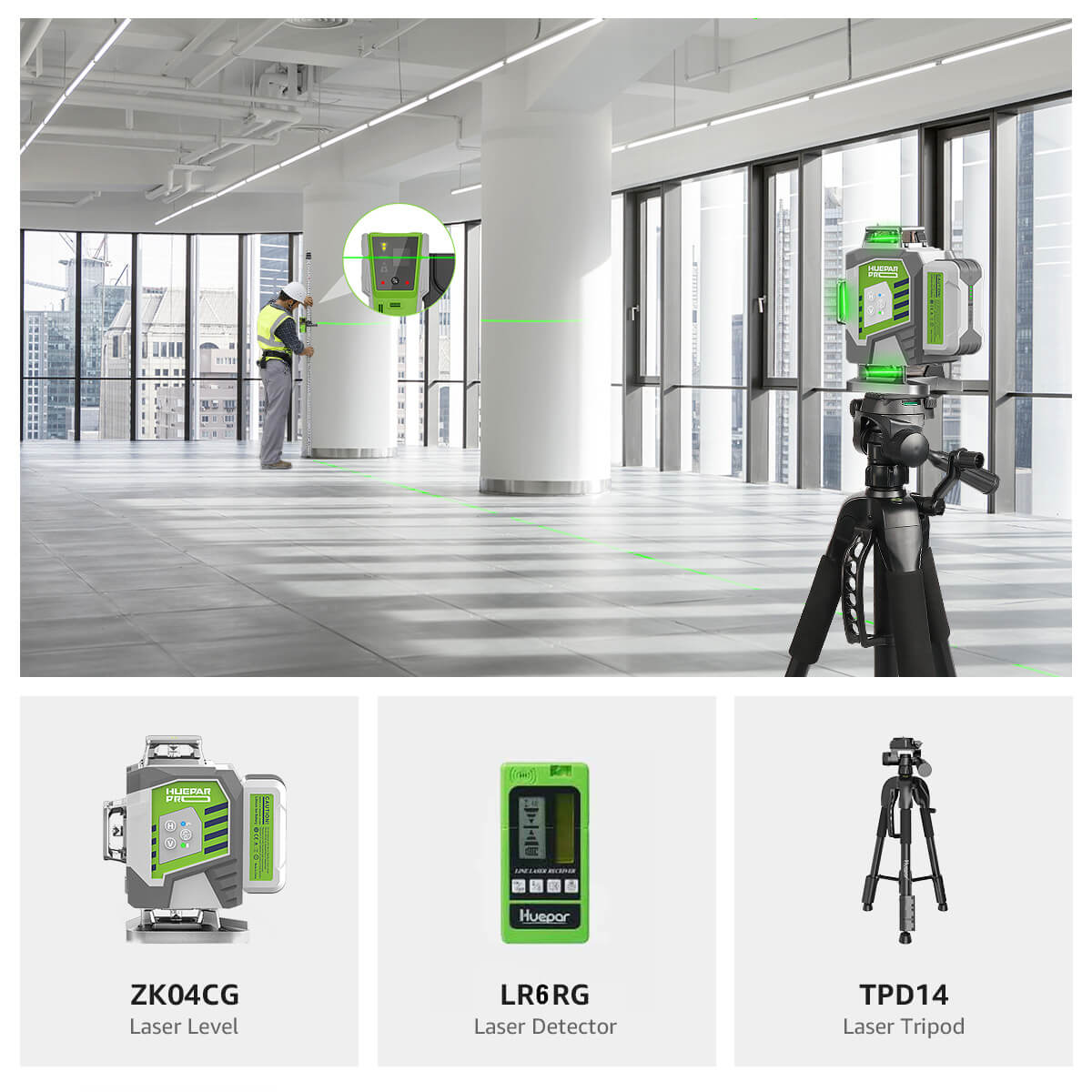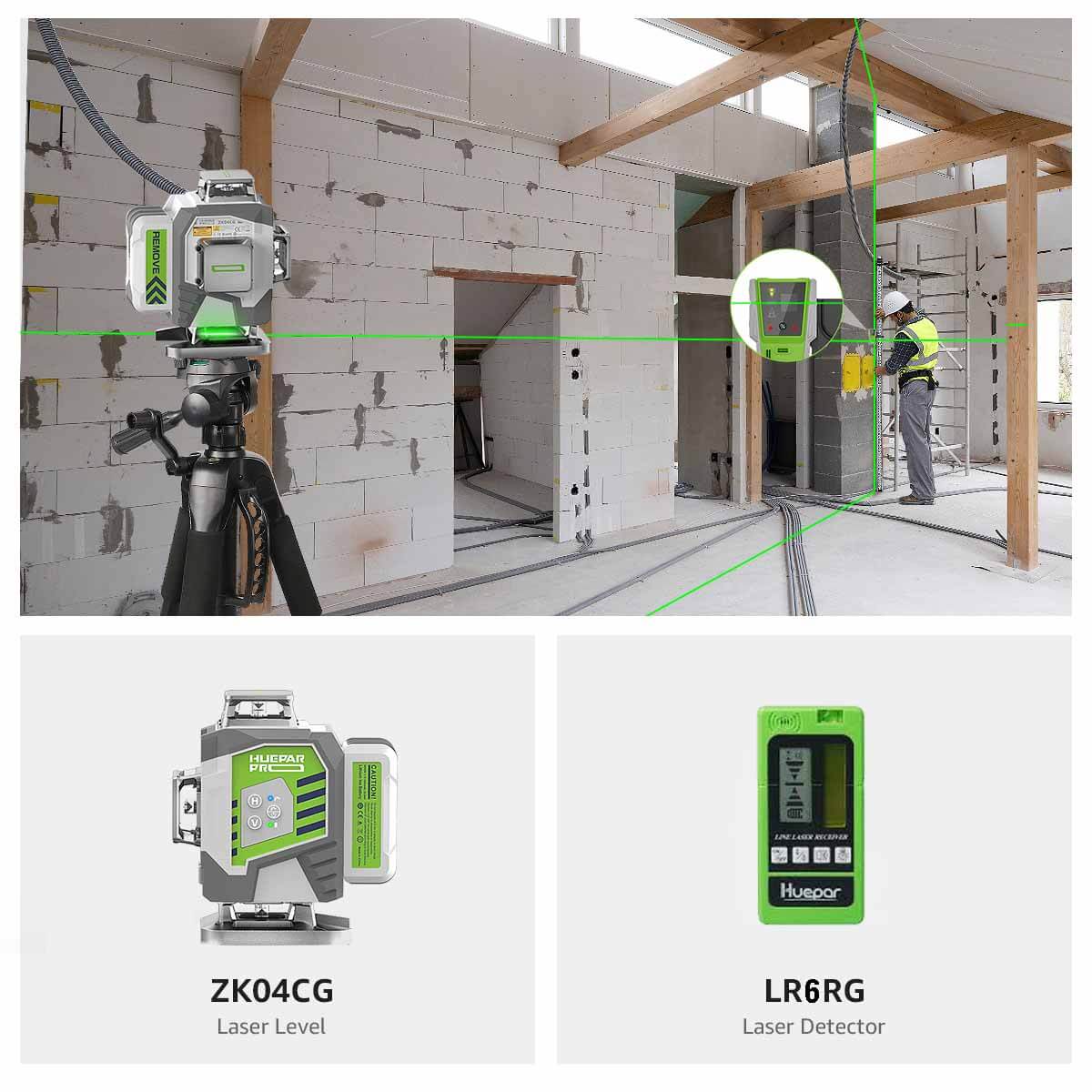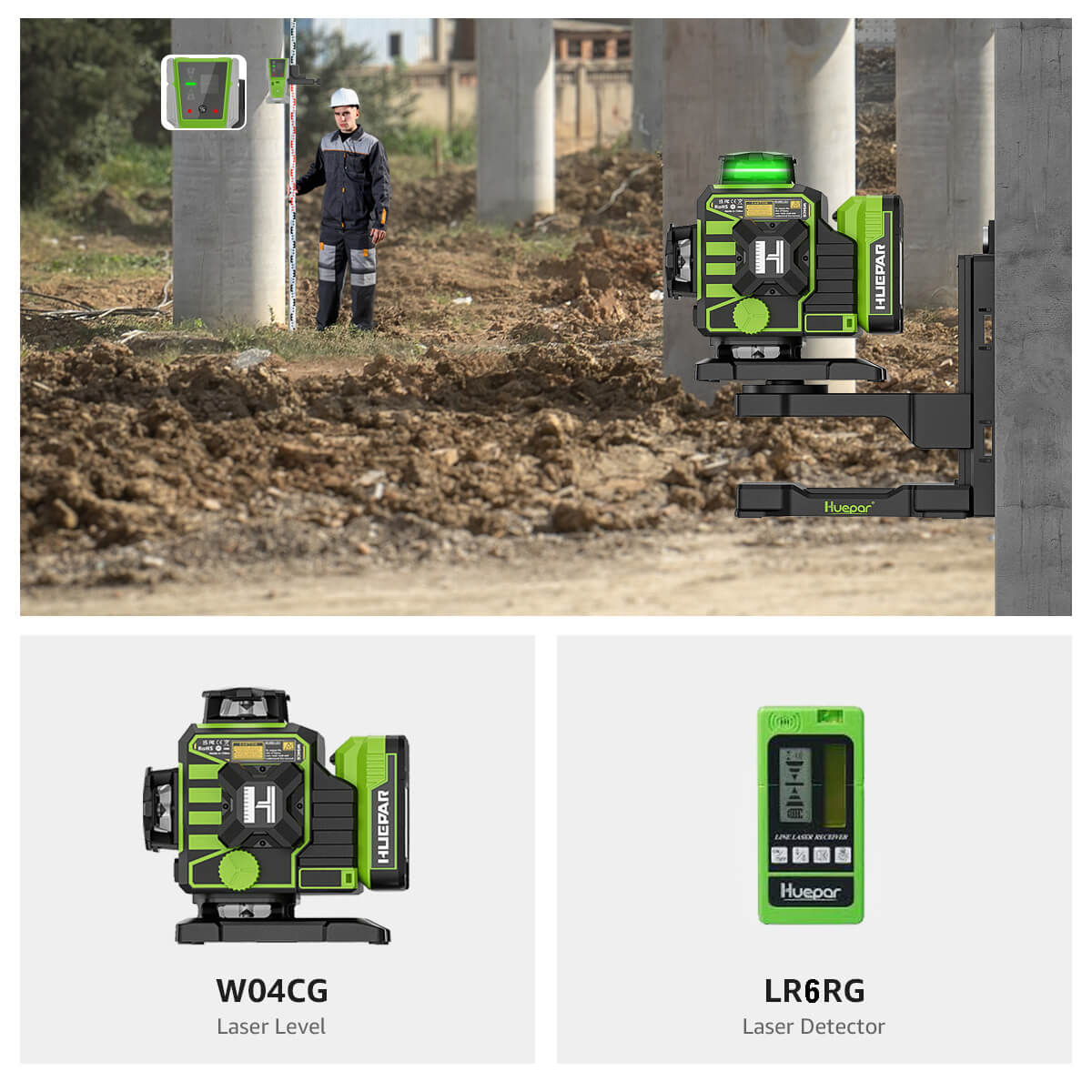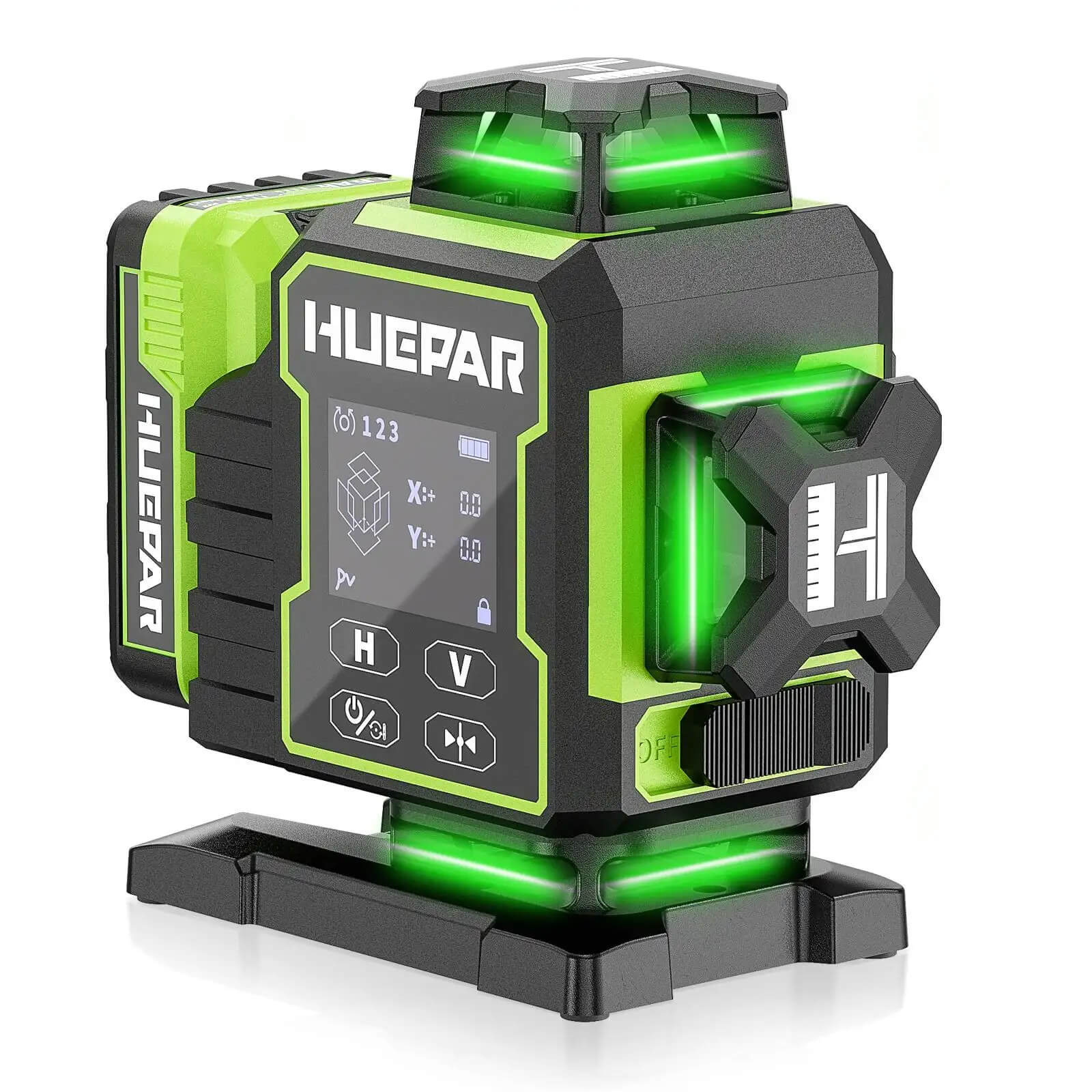
Digital Levels: Is A Brain Better Than A Bubble?
What is a Digital Level?
A digital level is a hybrid tool that combines the traditional bubble vial with a modern digital display. It offers the best of both worlds, allowing users to rely on the tried-and-true bubble vial while also benefiting from advanced digital features. These levels are available in a range of sizes, typically from 14 inches to 72 inches, catering to various job requirements.

One of the standout features of digital levels is their high accuracy. The bubble vials in these tools can achieve an impressive accuracy of 0.029 degrees or 0.5 mm/meter, ensuring precise measurements. Additionally, the digital components provide measurements in degrees, percentages, rise/run, and other units, offering versatility in different applications.
Field calibration is another convenient aspect of digital levels. Users can easily calibrate the tool on-site, ensuring accurate readings even in challenging environments. Moreover, many digital levels incorporate sound features, which can be invaluable when working in awkward positions or low-light conditions. Audible alerts can indicate when a surface is level or plumb, eliminating the need for constant visual checks.
Who Uses Digital Levels?
Digital levels were originally designed for surveyors and excavators who needed precise measurements for large-scale projects. However, as the technology became more accessible, digital levels found their way into the toolkits of various tradespeople.
Carpenters and construction workers now rely on digital levels to ensure accurate and consistent slopes for roofing, decking, and framing projects. The ability to measure angles in degrees, percentages, or rise/run ratios allows for precise calculations and layouts.

Metalworkers and stonemasons benefit from digital levels when installing railings, staircases, or intricate stonework that requires specific pitches or angles. The digital readout eliminates guesswork and ensures a professional finish.
Plumbers and HVAC technicians use digital levels to establish proper drainage slopes for pipes and ductwork installations. The consistent pitch measurements help prevent clogs and ensure efficient flow.
Even DIYers and homeowners have embraced digital levels for their versatility in leveling appliances, hanging shelves, or setting fence posts at the correct angle. The user-friendly interface and multiple measurement options make digital levels a valuable addition to any tool collection.
One of the standout features of digital levels is the audible tone or beeping sound that indicates when a surface is perfectly level or plumb. This feature is particularly useful when working in awkward positions or low-light conditions, where visual confirmation may be challenging.
Bubble Level vs. Digital Level, Which is Better?
Digital levels come with advanced features like measuring in degrees, percentages, rise/run, and field calibration capabilities. They also offer sound alerts to indicate when a surface is level or plumb, making them ideal for working in low-light conditions or awkward positions. However, these additional functionalities come at a higher price point compared to traditional bubble levels.

While both digital and bubble levels boast similar accuracy in finding level and plumb, digital levels provide better readability with their large, well-lit LED displays. This makes it easier to obtain precise measurements, especially in dimly lit environments.
On the flip side, bubble levels are generally more rugged and durable, often backed by longer warranties from manufacturers. Their simple design and lack of electronic components make them less susceptible to damage from drops or harsh job site conditions.
Are Digital Levels More Accurate?
When it comes to pure accuracy in finding level or plumb, there is minimal difference between digital and traditional bubble levels. The best digital levels boast an accuracy of around 0.005 degrees from 0-90 degrees, while high-quality bubble levels can measure within 0.5 mm/meter.
However, one area where digital levels shine is in their user-friendly presentation of measurements. While bubble levels simply show position relative to level, digital levels can display angles, slopes, and pitches in easy-to-read fractions, percentages, and decimal values. This enhanced readability makes it much easier for tradespeople to achieve precise, consistent angles for projects like deck building, pipe laying, or any job requiring specific pitches or slopes.

So while the fundamental accuracy is comparable, digital levels provide a significant advantage in conveying measurement data in multiple formats tailored to the user's needs. This flexibility can streamline workflows and reduce the risk of errors when working with anything other than perfect level or plumb.
Will Digital Levels Replace Bubble Levels?
While digital levels offer advanced features and user-friendly measurement displays, they are unlikely to make traditional bubble levels obsolete anytime soon. Bubble levels still have a place in various trades and industries, particularly among craftsmen who prefer a hands-on approach to their work.
Many tradesmen value the tactile experience of using a bubble level, trusting their trained eyes and skills to interpret the position of the bubble accurately. For them, the simplicity and directness of a bubble level hold an appeal that digital displays cannot replicate. Additionally, the reputation and perceived quality of work often rely on the use of time-honored tools and techniques, which can make some professionals hesitant to abandon bubble levels entirely.
Moreover, bubble levels are renowned for their ruggedness and durability, with many manufacturers offering lifetime warranties on their products. This longevity and reliability are crucial factors for tradesmen working in harsh environments or on demanding job sites, where the risk of damaging delicate electronic components is high.
While digital levels will undoubtedly continue to evolve and improve, offering ever-more advanced features and functionalities, the classic bubble level is likely to remain a staple in many toolboxes for the foreseeable future. The choice between the two will ultimately depend on personal preference, specific trade requirements, and the value placed on traditional craftsmanship versus modern technology.
Conclusion:
Digital levels bring precision, convenience, and modern technology to leveling tasks, while traditional bubble levels offer reliability and simplicity. The best choice depends on individual needs, industry requirements, and the balance between traditional craftsmanship and technological advancements. Whether for DIY enthusiasts or professionals, both types have their place in various applications.
FAQs:
What is the typical battery life of a digital level?
Most digital levels have a battery life ranging from 20 to 500 hours, depending on usage frequency, battery type, and features such as backlighting or Bluetooth connectivity.
Can digital levels be used in extreme temperatures or harsh environments?
Many digital levels are designed to withstand tough conditions, including extreme temperatures, dust, and water exposure. Always check the manufacturer's specifications for durability ratings like IP protection.
Are digital levels suitable for DIY projects or only professional use?
Digital levels are versatile tools suitable for both DIYers and professionals. While professionals benefit from their precision, DIY users can also take advantage of their ease of use and accuracy for home improvement projects.





